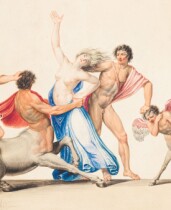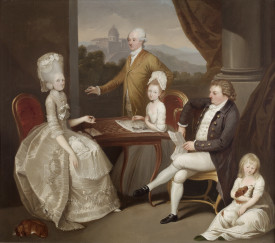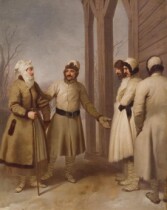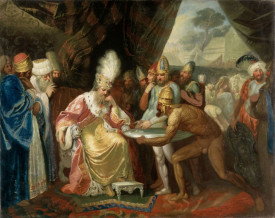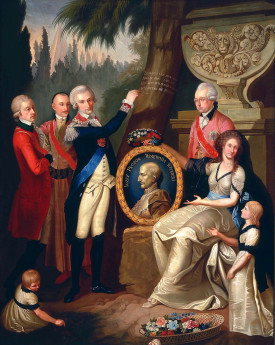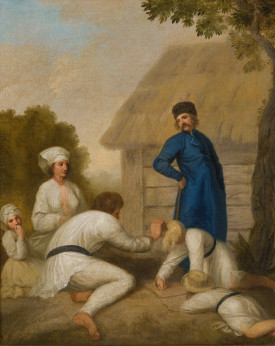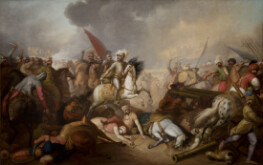Victory Of Alexander the Great Over Poros, King Of India
This painting, by the Polish-Lithuanian artist Franciszek Smuglewicz (c. 1745-1807), was inspired by a battle won by Alexander the Great (r. 336-323 BCE) at the end of his impressive career. Smuglewicz’s painting is set in the year 326 BCE, by which point Alexander had already conquered vast amounts of land. Long ago was the time when he pushed his way through Anatolia and trekked down the Mediterranean coast to Egypt. Years had passed since he relentlessly pierced through the Achaemenid Empire of Persia, defeating its King of Kings and claiming its land as his own. By 326 BCE, after the Achaemenid Dynasty was toppled and other vestiges of Persian resistance were crushed, Alexander the Great and his army had moved on to campaign in the borderlands of India. There, Alexander clashed with a local king who was known to the Greeks as Porus. The opposing forces met in the Battle of the Hydaspes, named after a river that commonly identified with the modern Jhelum River.
It is difficult to say what particular part of the battle Franciszek Smuglewicz wished to re-create in his painting. Based on the injured bejeweled man (dressed in white and gold colors) who is seemingly being lowered to the ground in the foreground of the artwork, the scene is likely connected to the actions of Porus’ family during the battle. Perhaps the artwork shows the death of one of Porus’ sons, or maybe the expensively-dressed figure is meant to be King Porus, himself, who suffered a non-fatal injury during the battle. The latter might be the better explanation, for Alexander the Great evidently admired the Indian king and, after accepting his surrender, Alexander let Porus continue to govern the local area. Alexander’s admiration of (and future plans for) King Porus might explain why the Greek warriors seem to be gently easing the regal Indian figure toward the ground.
Written by C. Keith Hansley
